
All categories
Featured selections
Trade Assurance
Buyer Central
Help Center
Get the app
Become a supplier

(1603 products available)








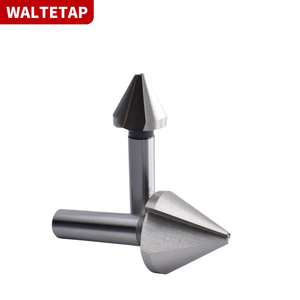











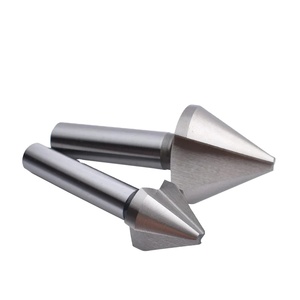

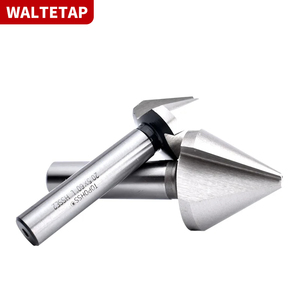
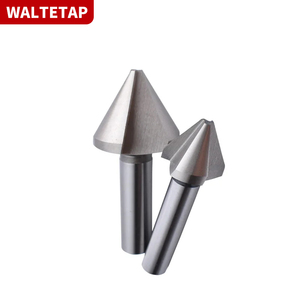








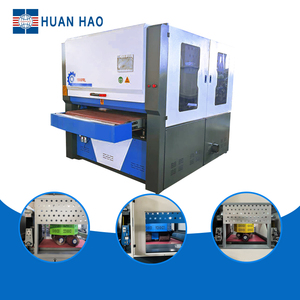


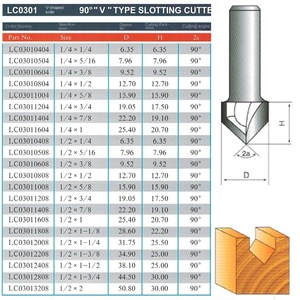




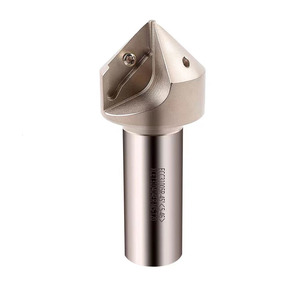




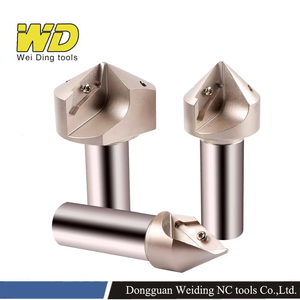
Based on the materials and the mills' configuration, 45-degree chamfer mills are available in various types. Each type is adapted for specific machining needs and materials.
Carbide chamfer mills
Carbide 45-degree mill cutter chippers are known for their hardness and longevity. They endure high temperatures without losing their edge. This makes them suitable for intensive manufacturing processes. They most commonly service aluminum and steel, which require precision cuts. They also have wear resistance.
High-speed steel(m35) mills
Milling tools make ideal choices for less intense manufacturing processes. These mills provide a balance between toughness and affordability. They are hose who require moderate production rates. Although HVAC mills might not be as durable as tungsten carbide, they are ideal for machining activities where the cost is essential.
Coated chamfer mills
45-degree mill cutters have only one part coated with materials such as titanium nitride or titanium carbide. They augment the chamfer mills' durability and cut precision alike. These mills are ideal for materials that generate excessive heat on the cutter. They prolong the life of the mill and hence increase the efficiency of the manufacturing process.
Freestanding mills
These mills are used for specific tasks. Most of them are not part of any milling machines. These mills come handy in tasks that require small modifications. They are portable, thus giving flexibility in the areas they can be used.
Cutters integrated to the machine
Some milling machines have these mills incorporated into the machine. Such mills are chosen based on the manufacturing material. Having them integrated into machines saves the hassle of extracting a mill for storage or replacement. It is also oblivious to note that integrated mills are more efficient and effective than standalone mills.
Following industry standards, one has to consider various factors when buying a chamfer mill. These include material compatibility, mill geometry, and the manufacturing objectives.
Manufacturing materials
The mill material should match the workpiece material. Tungsten carbide mills are appropriate for harder materials. If the machining activity requires being done on softer materials like aluminum, high-speed steel may be appropriate. Think about what material the mill will be working on so the right equipment is secured.
Mill design
Mill design aspects such as the number of flutes and pitch directly impact metalworking efficiency. Mills with low flutes are ideal for aggressive cuts. Those with more flutes give smooth finish cuts. This means that the mill's design will impact the quality and efficiency of the machining activity.
Customization options
There are manufacturing processes that require specific solutions. In such scenarios, one ought to consider obtaining custom-made mills. These mills are designed to meet specific production needs. Custom manufacturing equipment helps boost working efficiency and quality.
Cost considerations
As in all manufacturing projects, one must balance quality and cost. One must invest in high-quality mills to minimize the total cost of ownership. This is due to the mill's longevity and cutting precision. In terms of cost, one must consider the possible savings in the future. It is less expensive to buy a more efficient mill than a less durable mill requiring constant replacement and maintenance.
Chamfer mill cutter fixtures
There are many styles of fixtures for chamfer mill cutters: hydraulic (the most popular), mechanical, and pneumatic. Each type of fixture has its pros and cons. Choosing the type of chamfer mill cutter fixture for the equipment is important because the degree of accuracy and the time taken to make a cut are directly affected by the clamp.
These mills are suitable for industries where precision machining is vital. Their impact is worth noting in terms of manufacturing efficiency and product quality.
Aerospace
The aerospace industry has to work with materials that are both hard and lightweight. Chamfer mills are used to prepare edges for assembly and reduce stress concentrations. This leads to more durable and lighter components. The accuracy of these mills also means they are ideal for the aerospace industry, which is known to require very precise components.
Automotive
In automotive parts, 45-degree chamfer mills are used to make parts such as engine components and brake systems. They enhance these parts' quality, improve their strength, and decrease the possibility of cracking. Also, these mills smoothen the edges of parts. It improves their assembly and decreases the risk of part friction or failure during operation.
Tool and die making
Mills are utilized in manufacturing molds, dies, and other industrial tools. The mills allow for precise edges and surfaces on these components. In turn, this increases the overall precision and effectiveness of the completed product. With the mills, tools used for cutting have a longer life and require less frequent replacement.
Marine industry
Chamfer mills improve the quality of parts used in boats and other marine equipment. These mills come in handy when manufacturing components that are resistant to the extreme marine environment. Parts with smooth edges have a higher chance of corrosion and reduced stress. This leads to longer parts' lifespan and better overall performance.
Industrial machinery
Chamfer mills enhance the performance of various industrial machines. In mechanical systems, these mills improve the quality of parts, contributing to improved operational effectiveness. Moreover, they reduce wear on components as well as minimize friction during part interaction. This not only enhances efficiency but also reduces the need for constant maintenance.
Maintenance and care of these mills ensure long-lasting cutters and decent manufacturing quality. Proper maintenance of these mills is pivotal in ensuring their increasing working efficiency.
Regular inspection
The first step in maintaining mills is to always check the mills. One should perform this inspection before and after usage. This helps ascertain if there is any wear or visible damage, such as chipping or cracking. Schanfer mill machines should be replaced immediately when the mills show signs of wear. Using worn-out machines will give substandard results and damage the machines further.
Cleaning
One should always clean the mills after use. This removes debris and residue accumulated during machining. This debris, if not cleaned, hardens over time and may cause rust to develop on the mill. Use a soft brush or compressed air to remove those stubborn bits of metal. In addition, one should disinfect the machine regularly to avoid corrosion negatively affecting its precision.
Proper storage
Store the mills in a dry and cool place. Store them in a protective case or cabinet to avoid further tarnishing and scratching. Do not store them in a humid environment. The moisture in the air causes these mills to rust. Whichever form of storage is chosen, ensure that the mills are well protected from physical and environmental damage.
Lubrication
Applying the right kind of oil to the mills goes a long way in prolonging their life. The oil reduces friction when the mill is in use. This decreases the wear and tear on the cutter. In addition, the oil acts as a corrosive barrier, thus enhancing the mill's durability. The oil should always be applied prior to and after using the mills to ensure they are always in good shape.
Repeat the professional's checks
Inasmuch as there are maintenances that can be done by the users, professional maintenance is essential for these mills. Technicians who specialize in milling equipment should be called on to inspect and service the machines periodically. Such professional servicing can detect and rectify issues that may be invisible to the naked eye. This professional maintenance helps the machines perform better and handle production demands with ease.
A1: This mill is used to create angled edges or chamfers on workpieces. This improves part functionality and handling. This also helps remove sharp edges that can cause injuries during handling.
A2: They are normally made of carbide, HSS, and coated materials. Each material has its advantages. Carbide mills are very hard and have high heat resistance. HSS mills are tough and very affordable. Coated mills are wear-resistant and heat-resistant.
A3: They are used in many industries like aerospace, automotive, and manufacturing. In these industries, chamfered edges improve part performance and assembly.
A4: Warning signs of a mill that needs to be replaced include poor cut quality, larger operating temperatures, and strange noises. Other indicators are tools taking longer to make cuts, visible wear on the tool, and producing burrs or a rough cut finish.
A5: To prolong their life, the mills should always be cleaned after use. Also, store the mills in a dry environment. Lubricate the mills before and after use, and regularly inspect the mills for damage.